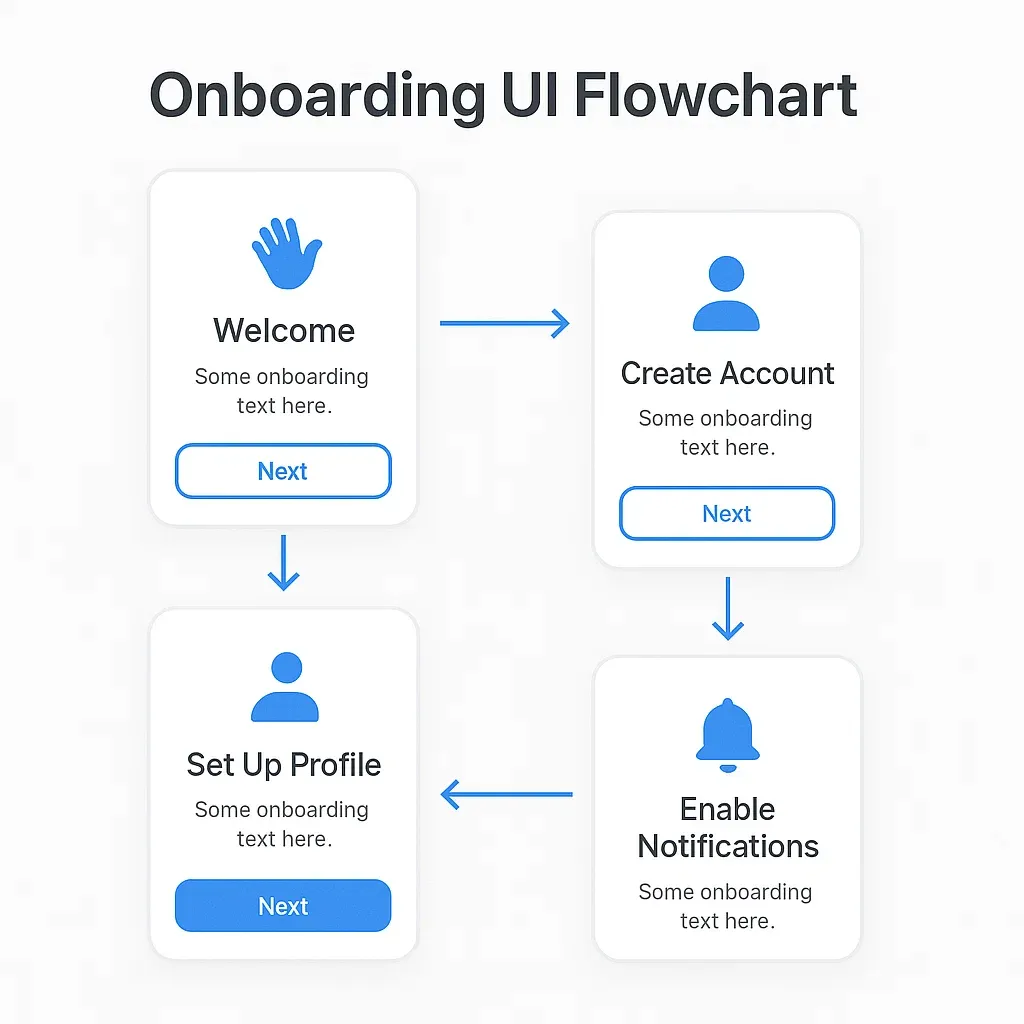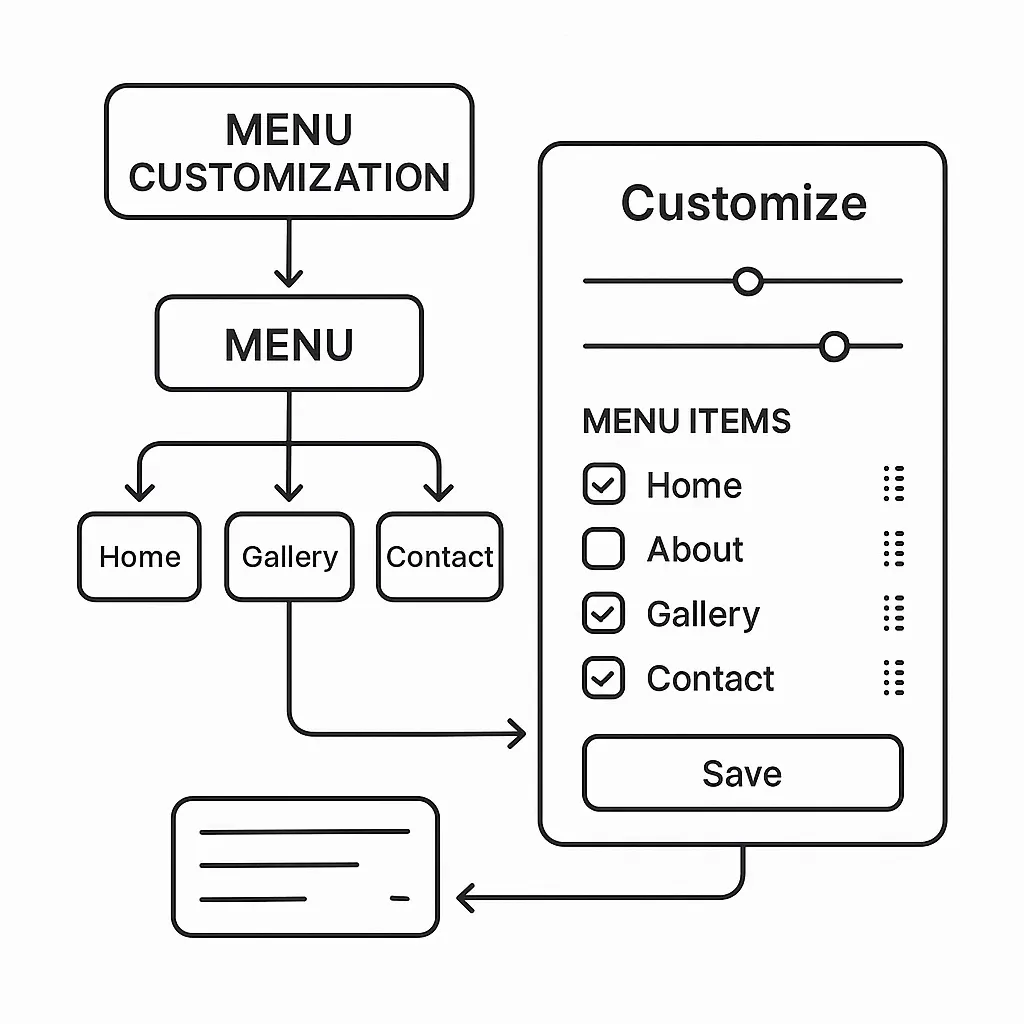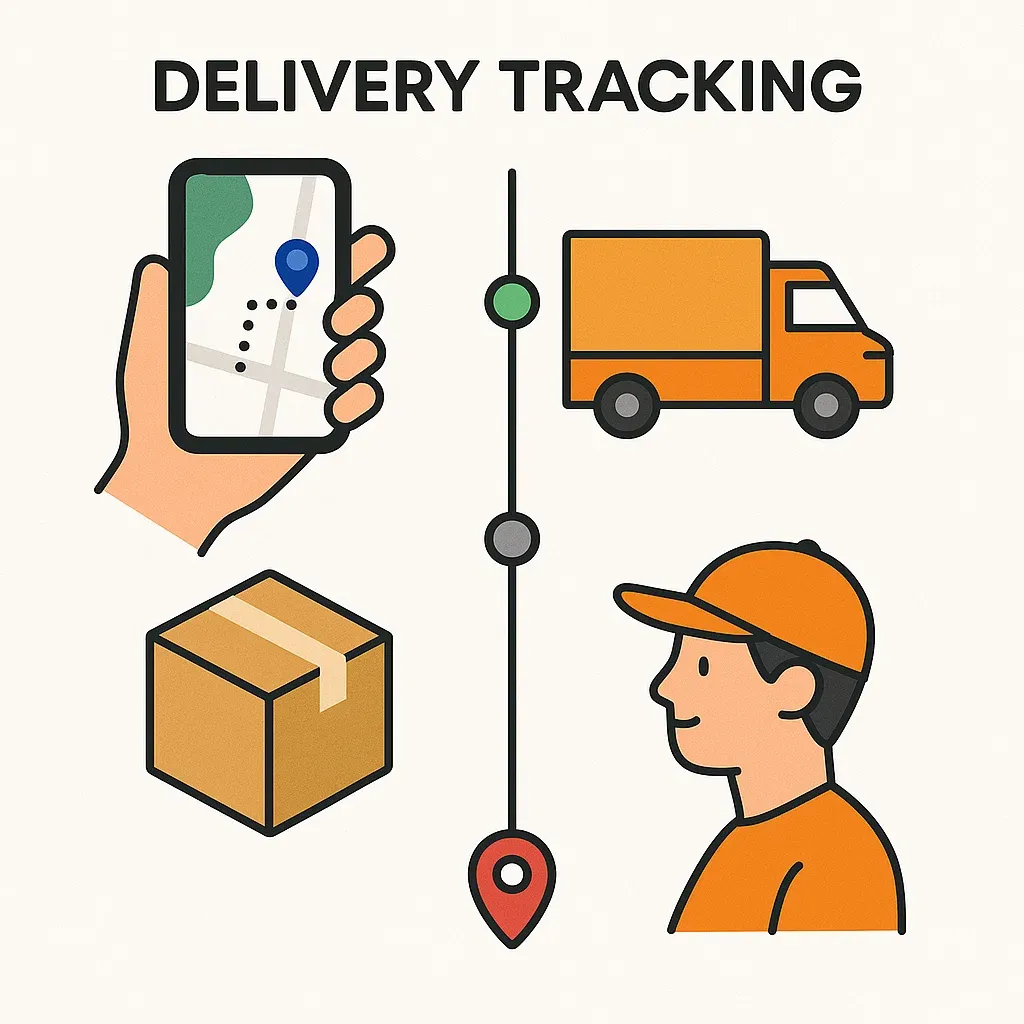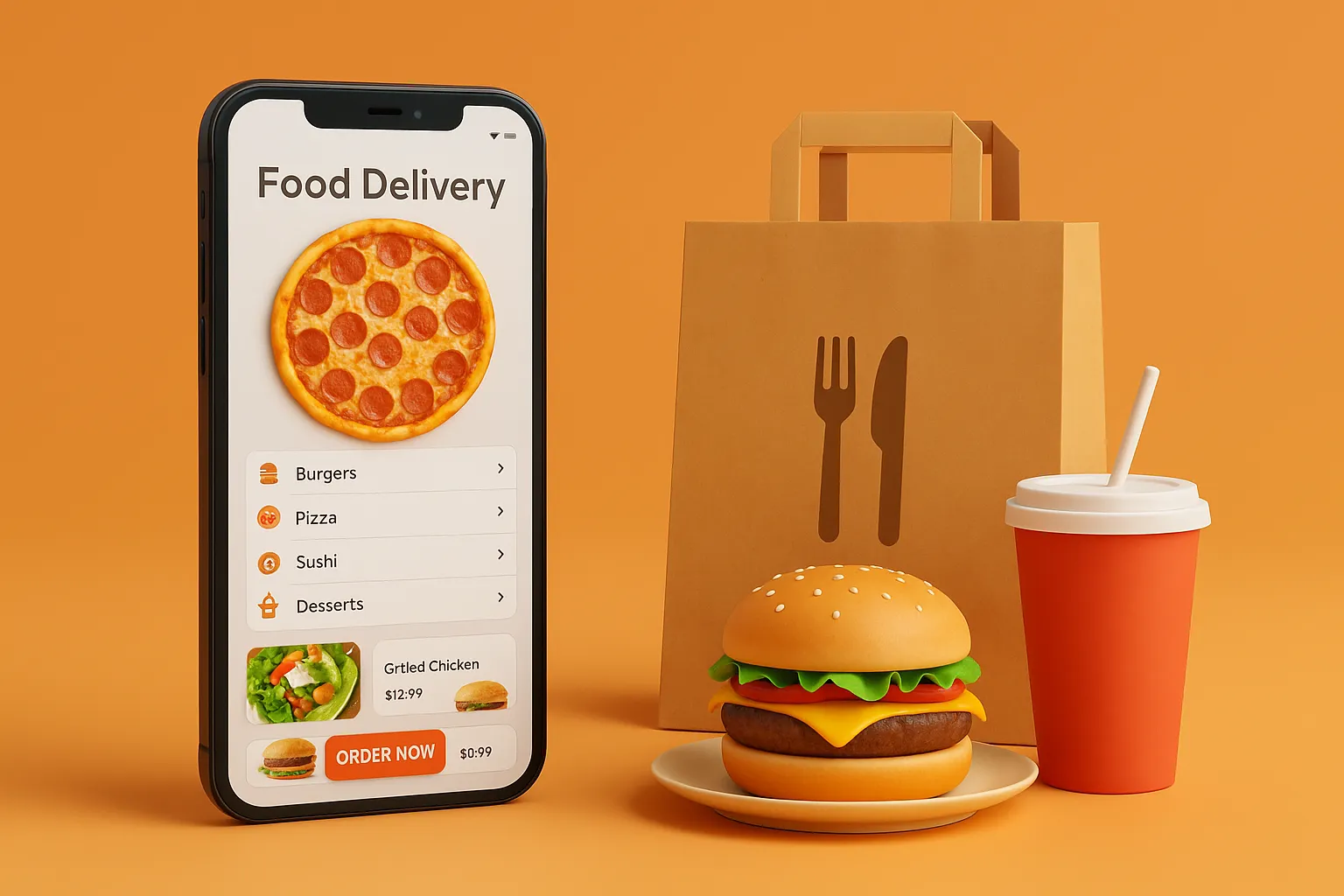Let’s be honest—late-night cravings are the great equalizer. Whether you’re a startup founder burning the midnight oil or a college student skipping meal prep for the hundredth time, UberEats has likely come to your rescue. It’s not just a food delivery app; it’s a modern comfort zone. And that kind of emotional connection? It’s golden for business.
But here’s the kicker: UberEats didn’t become a household name just by delivering food. It nailed the user experience with smart tech, killer design, and features that hit people where it counts—speed, convenience, and control. Entrepreneurs take note: it’s not just about building an app; it’s about building the right kind of app.
If you’re scheming to launch your own UberEats-like platform, this feature breakdown is your blueprint. And spoiler alert: Miracuves knows a thing or two about turning these blueprints into blazing-fast, revenue-ready platforms. Let’s dive in.
Read more: How to Build an App Like UberEats: Full-Stack Developer’s Guide
Why Features Make or Break a Food Delivery App
Before we break down the juicy bits, here’s a cold hard truth: you can’t out-market a clunky app. No amount of social media spend or influencer hype will save you if users hit friction every time they want a burger.
What separates the top players like UberEats from forgettable clones? A smart combo of must-have utilities and delight-driven extras. Think GPS tracking and personalized offers. Contactless delivery and AI-curated food choices. It’s these nuanced touches that shift your app from functional to unputdownable.
Must-Have Features in an UberEats-Like App
1. User-Friendly Onboarding
Your app’s first impression? That splash screen and sign-up flow. If it feels like paperwork, you’ve already lost them.
- Sign up via email, phone, or social media
- Smart auto-fill and address suggestions
- Optional guest browsing (because curiosity shouldn’t require commitment)

2. Real-Time Restaurant Listings
UberEats isn’t just about ordering food. It’s about discovery. The app makes you want to scroll through local eats—even if you’re not hungry (yet).
- Dynamic filters (cuisine, price, rating, dietary)
- Smart search with typo tolerance and suggestions
- Real-time availability updates
According to Statista, UberEats had over 320,000 restaurant partners in the U.S. alone by 2023—listing agility is mission-critical.
3. Menu Customization & Add-ons
Nobody orders a pizza without tweaking it. The devil—and the upsell—is in the details.
- Ingredient customization with visual cues
- Side dish and combo suggestions
- Calorie and allergen info for health-conscious users

4. AI-Powered Recommendations
This is where UberEats starts flexing its machine learning muscle. Based on your order history, browsing behavior, time of day—even weather—it suggests what you’re most likely to crave. And it’s scary accurate.
- Contextual suggestions (“Rainy day comfort food”)
- Trending meals in your area
- “Order again” shortcuts
5. GPS-Based Real-Time Tracking
In the age of instant gratification, not knowing where your food is feels like a personal betrayal. UberEats fixes this with minute-by-minute updates and map-based visuals.
- ETA countdowns
- Driver contact option (call or chat)
- Traffic-aware route recalculations

6. Multiple Payment Gateways
If your user can’t pay the way they want, they probably won’t pay at all.
- Credit/debit cards
- Wallets like Apple Pay, Google Pay, Paytm
- Cash on delivery (still relevant in many markets)
- In-app wallet and cashback systems
7. Push Notifications & In-App Alerts
Handled well, they’re a nudge. Done wrong, they’re a nuisance. UberEats gets the balance just right.
- Order confirmation and prep status
- Promotions and discounts
- Delivery updates
8. Driver Panel Essentials
Behind every smooth delivery is a driver juggling maps, routes, and time pressure. A dedicated, lean driver panel makes all the difference.
- Delivery queue management
- In-app navigation with turn-by-turn directions
- Earnings tracker and daily performance stats
9. Admin Dashboard Superpowers
This is the control tower. The place where business decisions take flight.
- Real-time analytics and order volume stats
- Restaurant partner management
- Promo code and loyalty program controls
- User behavior insights
10. Ratings, Reviews, and Feedback Loops
Reputation is everything in the food game. UberEats makes user reviews transparent and impactful.
- Star ratings with written feedback
- Visual proof (photo reviews)
- Dispute resolution and refund management
Bonus Features That Add Sizzle
Want your app to stand out? Sprinkle in some wow-factor features:
- Voice Search Integration – Let users ask, “Find me spicy noodles near me.”
- Dark Mode UI – For late-night scrollers and battery savers
- Gamified Loyalty Points – Turn repeat orders into rewards
Read more: Decoding the UberEats Business Model: A Comprehensive Development Guide
Looking to revolutionize the way meals reach doorsteps? Explore our end-to-end food delivery app development services to build a user-friendly, scalable delivery platform tailored to today’s digital economy.
Conclusion
The success of UberEats isn’t an accident—it’s a case study in tech precision meeting human behavior. If you’re plotting your next big startup move, remember: you’re not just building an app—you’re building a habit.
At Miracuves, we help innovators launch high-performance app clones that are fast, scalable, and monetization-ready. Ready to turn your idea into reality? Let’s build together.
FAQs
Q:1 What’s the most important feature for a food delivery app?
While real-time tracking and ease of ordering are huge, a fluid user experience is the make-or-break factor. If users feel friction, they bounce.
Q:2 Do I need to build separate apps for users, drivers, and admins?
Yes. UberEats-style platforms typically include three distinct modules to ensure seamless operation for all stakeholders.
Q:3 How do UberEats-like apps make money?
Commission from restaurants, delivery charges, surge pricing, in-app ads, and subscription models like Uber One all contribute to the revenue mix.
Q:4 Can I integrate AI into my food delivery app?
Absolutely. AI enhances user recommendations, delivery route optimization, fraud detection, and even churn prediction.
Q:5 What tech stack does UberEats use?
They leverage cloud services (AWS), scalable backend frameworks (Node.js, Go), real-time tracking tools, and robust security protocols.
Q:6 Is it expensive to build an UberEats clone?
No — building an UberEats-style platform from scratch costs $50,000–$150,000+, but with Miracuves you can launch a full UberEats Clone for just $2,899 in 3–9 days.
Related Articles:








